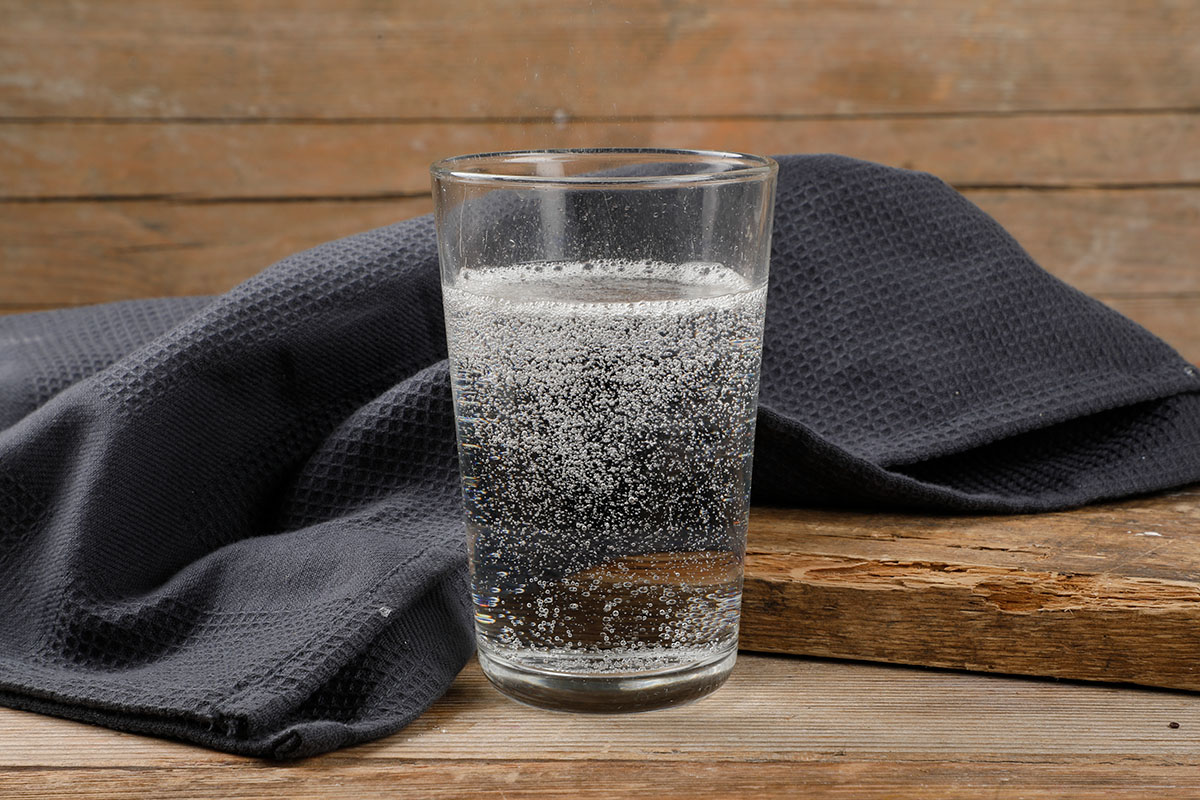Sparkling, mineral water, or selters is simply water that contains dissolved CO2. Carbon dioxide gas that tickles your mouth and throat or, if you put it more poetically, effervescent. Some like it, others hate it, some claim that carbonation contributes to a whole variety of organism disorders, from tooth decay and calcium loss to irritated bowel syndrome, but all these allegations just won’t hold up. Of course, there are many types of beverages that can be bubbly, some of them being easily mistaken for regular water, such as tonic or flavoured sparkling water. While these do contain added sweeteners and flavors, regular carbonated water does not.
But how do all these bubbles get inside our drinks? Before science learned how to do it technologically, we had alcoholic fermentation. It’s a process that converts sugars into ethanol and carbon dioxide. Mead, perry, cider, beer, champagne, kvass, kombucha were naturally carbonated through the fermentation for centuries. But only at the end of the 18th century did scholars successfully produce first carbonated waters. J.J. Schweppe soon developed a process of manufacturing bottled carbonated mineral water. Kudos to him for that. We don’t need to understand how they did it back then (it’s something to do with ‘fixed air’ if you insist). Modern times fizzy water is made by injecting pressurized CO2 into the water – the pressure increases the solubility of the gas. When we then pop a can or untwist a cap, gas is released and escapes the solution, forming effervescence and excitement.
But you don’t need much of a rig to get your carbonation station of your own. If you want a DIY version, the best way would be to look around the internet for a tutorial. There are heaps of them. The other way, and the simplest by far, is to buy a special system aka carbonated water machine. Again, many variants. But you can also do it the old-fashioned way, which, we think, is the most appealing. Find a vintage-looking glass seltzer bottle. They are very beautiful and pretty easy to use. You will need a gas canister attached to a siphon and a firm hand to shake the whole thing, before releasing the fizzy water into your glass and enjoying yourself.











What do you think?